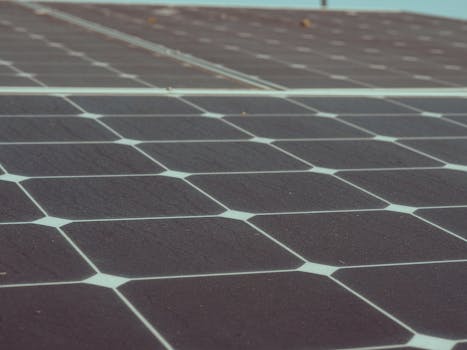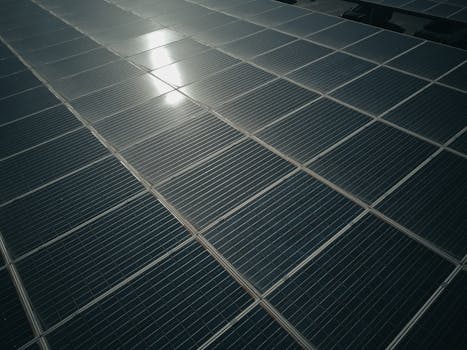
Sustainable Living: Emerging Trends for 2025
Sustainable Living is becoming increasingly important as the world faces environmental challenges such as climate change, pollution, and resource depletion.

In 2025, we can expect to see a significant shift towards sustainable living, with emerging trends that focus on reducing waste, conserving energy, and promoting eco-friendly practices. In this article, we will explore some of the key trends that are expected to shape the future of sustainable living.
Section 1: Renewable Energy

One of the most significant trends in sustainable living is the adoption of renewable energy sources such as solar, wind, and hydro power. As technology improves and costs decrease, we can expect to see a significant increase in the use of renewable energy sources for homes, businesses, and industries.
The benefits of renewable energy are numerous, including reduced greenhouse gas emissions, lower energy costs, and improved energy security. In 2025, we can expect to see a significant increase in the number of homes and businesses that are powered by renewable energy sources.
Section 2: Zero Waste

Another key trend in sustainable living is the move towards zero waste. Zero waste is a philosophy that aims to eliminate waste by designing and managing products and systems that are restorative and regenerative by design.
In 2025, we can expect to see a significant increase in the number of businesses and individuals that are adopting zero waste practices, such as reducing packaging, composting food waste, and recycling materials. The benefits of zero waste are numerous, including reduced waste disposal costs, improved resource efficiency, and a reduced environmental impact.
Section 3: Sustainable Transportation

Sustainable transportation is another key trend in sustainable living. In 2025, we can expect to see a significant increase in the use of electric and hybrid vehicles, as well as a shift towards more sustainable modes of transportation such as walking, cycling, and public transport.
The benefits of sustainable transportation are numerous, including reduced greenhouse gas emissions, improved air quality, and improved traffic flow. In 2025, we can expect to see a significant increase in the number of cities that are investing in sustainable transportation infrastructure, such as bike lanes, pedestrianized streets, and electric vehicle charging stations.
Section 4: Eco-Friendly Products

In 2025, we can expect to see a significant increase in the demand for eco-friendly products, such as sustainable fashion, eco-friendly cleaning products, and sustainable building materials.
The benefits of eco-friendly products are numerous, including reduced environmental impact, improved health and well-being, and cost savings. In 2025, we can expect to see a significant increase in the number of businesses that are offering eco-friendly products and services, as well as a growth in the market for second-hand and sustainable products.
Section 5: Sustainable Food Systems

Sustainable food systems are another key trend in sustainable living. In 2025, we can expect to see a significant increase in the demand for sustainable food, such as organic produce, locally sourced food, and plant-based diets.
The benefits of sustainable food systems are numerous, including improved health and well-being, reduced environmental impact, and improved food security. In 2025, we can expect to see a significant increase in the number of businesses that are offering sustainable food options, as well as a growth in the market for sustainable agriculture and urban farming.





